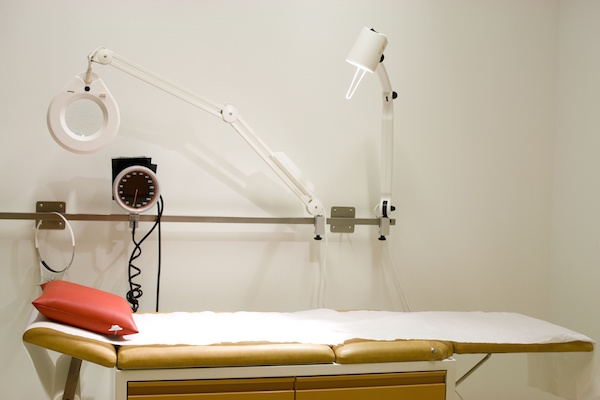
FRIDAY, Aug. 3 (HealthDay News) — People who suffer a traumatic injury are at greater risk of dying from hypothermia, according to a new French study.
Hypothermia was defined as a body temperature below 95 degrees Fahrenheit. Risk of death from low body temperature is higher among those with more severe injuries, the researchers found. They cautioned that patients receiving emergency medical services should remain clothed when possible and temperatures of IV fluids and ambulances should be controlled.
The researchers analyzed cases of adults with traumatic injuries who received pre-hospital care before being taken by ambulance to one of eight hospitals included in the study. The patients’ body temperatures were monitored continuously using an infrared tympanic thermometer.
Over the course of three years, 14 percent of patients had hypothermia by the time they arrived at the hospital.
The study was published July 31 in the journalCritical Care.
“As expected, the severity of hypothermia was linked to the severity of injury,” the study’s leader, Dr. Frederic Lapostolle, of Avicenne Hospital in Bobigny, said in a journal news release. “Blood loss and spine or head injury impair body temperature regulation, and in our study we found that head injury and intubation to aid breathing were independently associated with hypothermia.”
Although the temperature outside had little effect on patients’ risk for hypothermia, the temperature of the IV fluids they were given and temperatures inside their ambulance were significant risk factors for the condition.
“The temperature of infused fluid for 75 percent of our patients was below [70 degrees] and usually at ambient air temperature,” Lapostolle said. “We suggest that, to reduce the incidence of hypothermia, the temperature of infusion fluids needs to be controlled, and that as small a volume as possible is used. Temperature of infusion fluids can be easily and rapidly measured in pre-hospital settings.”
“We also recommend that ambulances be heated and that as much as possible the patient should remain clothed, because attempting to warm the patients did not compensate for the effect of them being undressed even if it can make examination more difficult,” he added.
More information
The U.S. National Institutes of Health has more on hypothermia.

